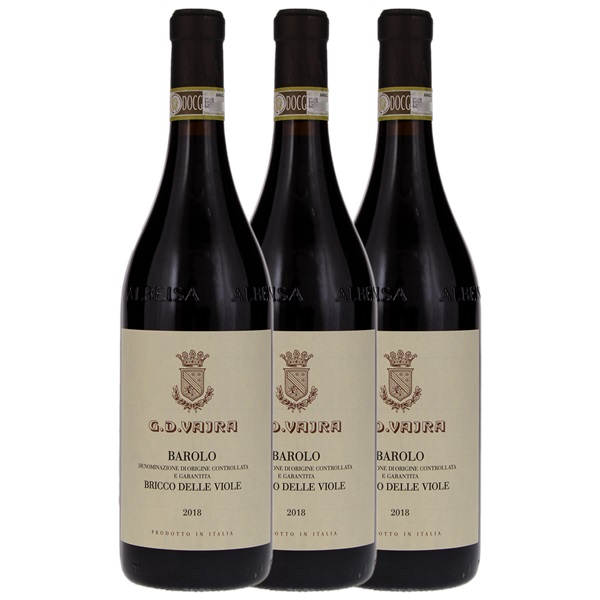
Image above is an example. To view the image of the lot, click the item number.
Estimate

...not super intense, but it is balanced in its own way. The wine is subdued but complete with softly yielding tannins to support an elegantly streamlined mouthfeel...With fermentation in steel tank and aging in large Slavonian oak, you are invited to a silky, lifted and beautifully delicate experience with an accessible personality.
An elegant version, this red features rose, black currant, cherry and mineral aromas and flavors that show a hint of eucalyptus. Linear in profile, this is solidly built on a graceful frame, with finely woven tannins and vibrant acidity.